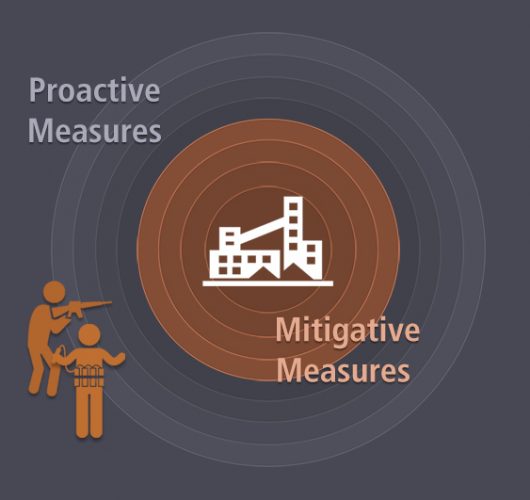Security Risk & Vulnerability Assessments
CIS security consultants frequently conduct security risk and vulnerability assessments for critical infrastructure sites and other facilities at risk of terrorist attack. Over the past two decades, we have conducted assessments to aid a diverse range of organizations in achieving risk management goals and compliance with regulatory mandates.
In addition to conducting security risk and vulnerability assessments, our consultants have developed and aided in the improvement of risk assessment methodologies for organizations including chemical manufacturers, energy companies, commercial property management groups, the AIChE Center for Chemical Process Safety, European Commission, EEAS, and more.













